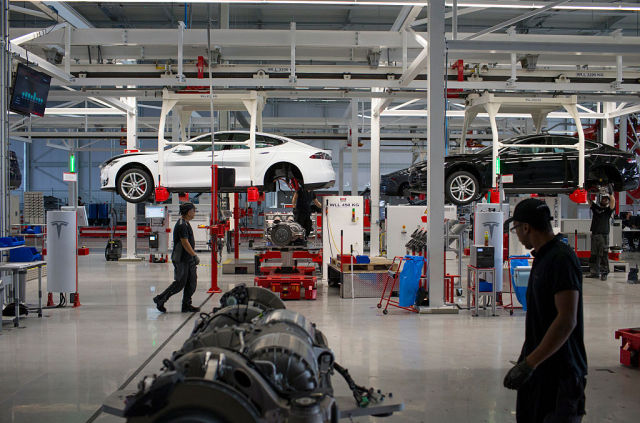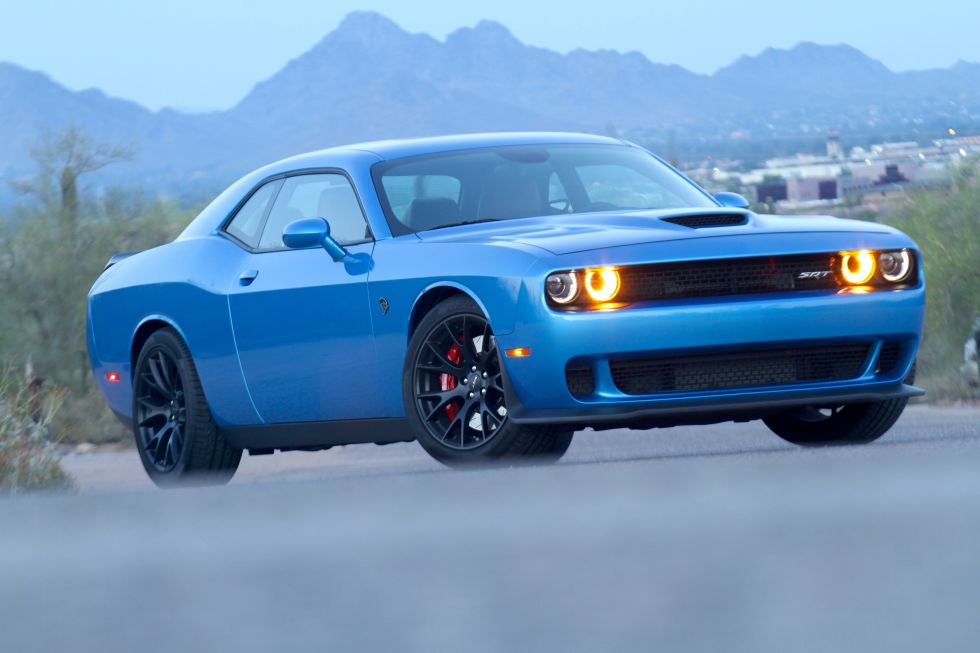
Telsa Model Ss in the company's European production center in Tilburg, Netherlands. (credit: Getty Images | Jasper Juinen/Bloomberg)
Wake turbulence can ruin your day. Large aircraft deposit a strong ground-bound vortex that can cause huge altitude losses for other aircraft following them.
In the jet wash of a gob-smacking 325,000 pre-orders—at $1,000 each—for the upcoming Model 3 in just one week, Tesla CEO Elon Musk had bad news for his investors on Thursday. He told them the July 1, 2017 start date for production "is not a date that will actually be met." While this would be the fourth production delay for the Model 3 since the concept was first floated several years ago, the news doesn't stop there. New, more aggressive production goals have been set, even though Tesla is losing primary executive staff responsible for achieving them. The financial performance of the company has also worsened.
Tesla is already struggling to meet production deadlines for its current Model S and Model X units.
Quality glitches with the Model X's "falcon wings" and seat latches have led not just to production delays, but apprehension about the X's positive initial reception. Tesla is actually suing its supplier for the doors.

